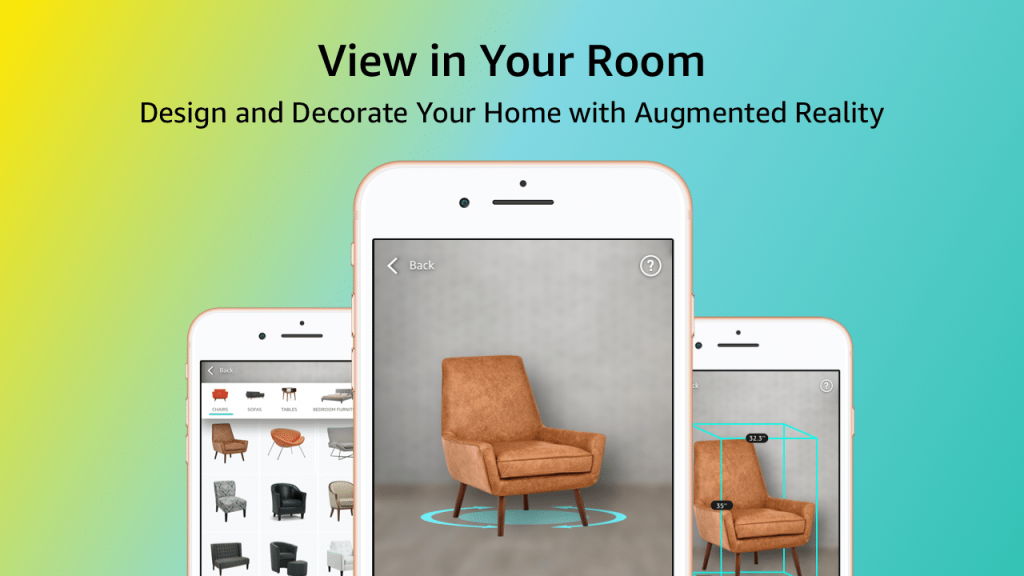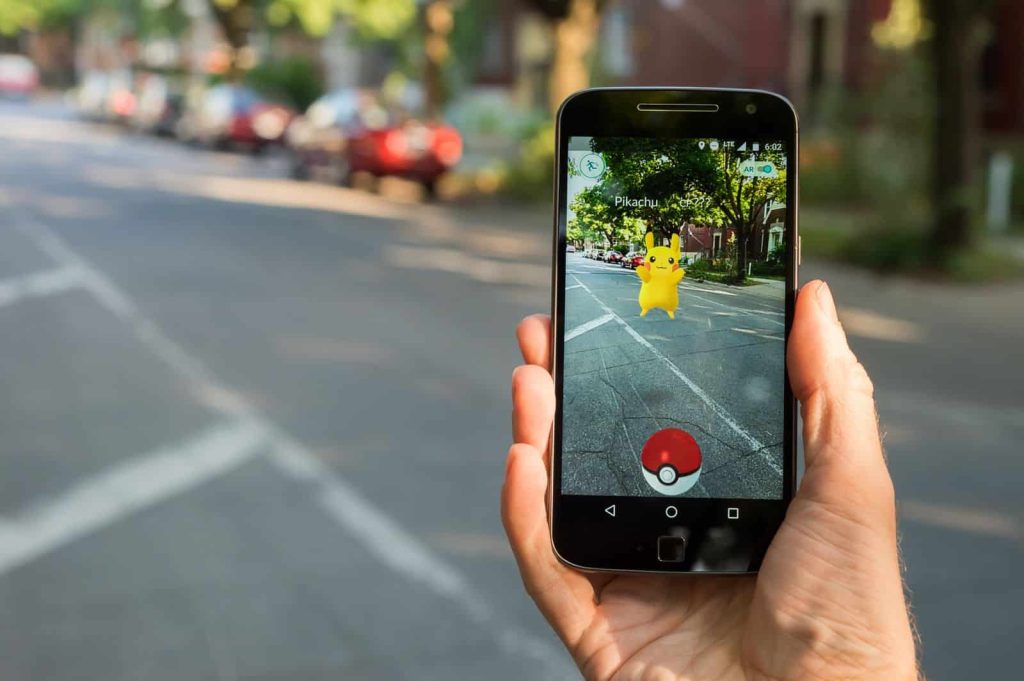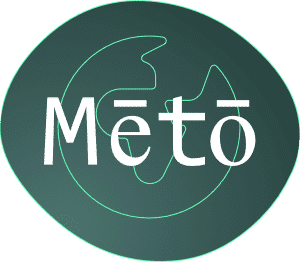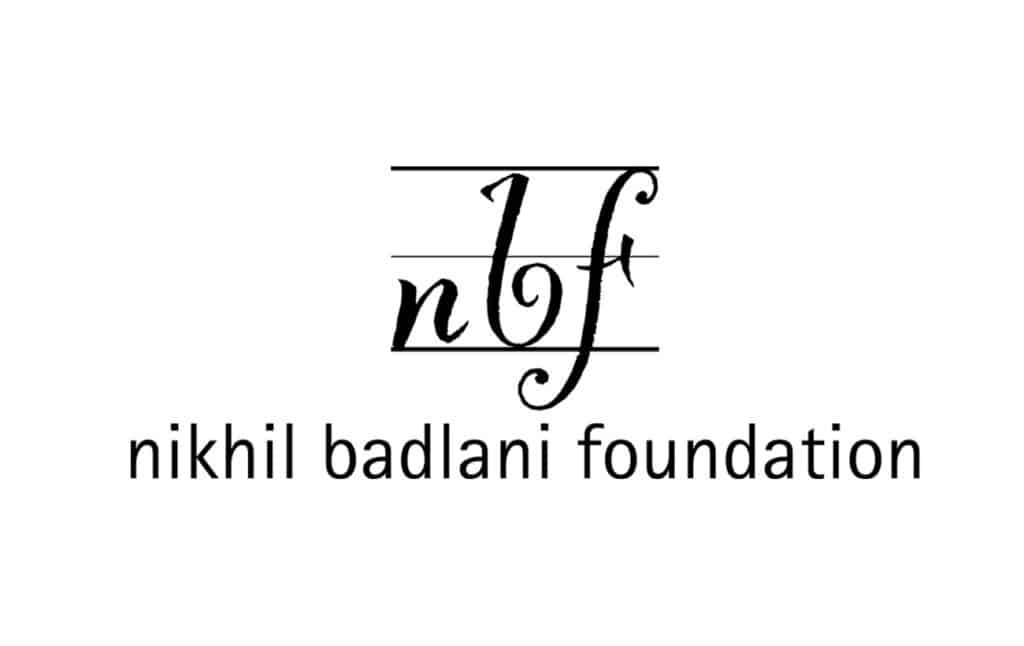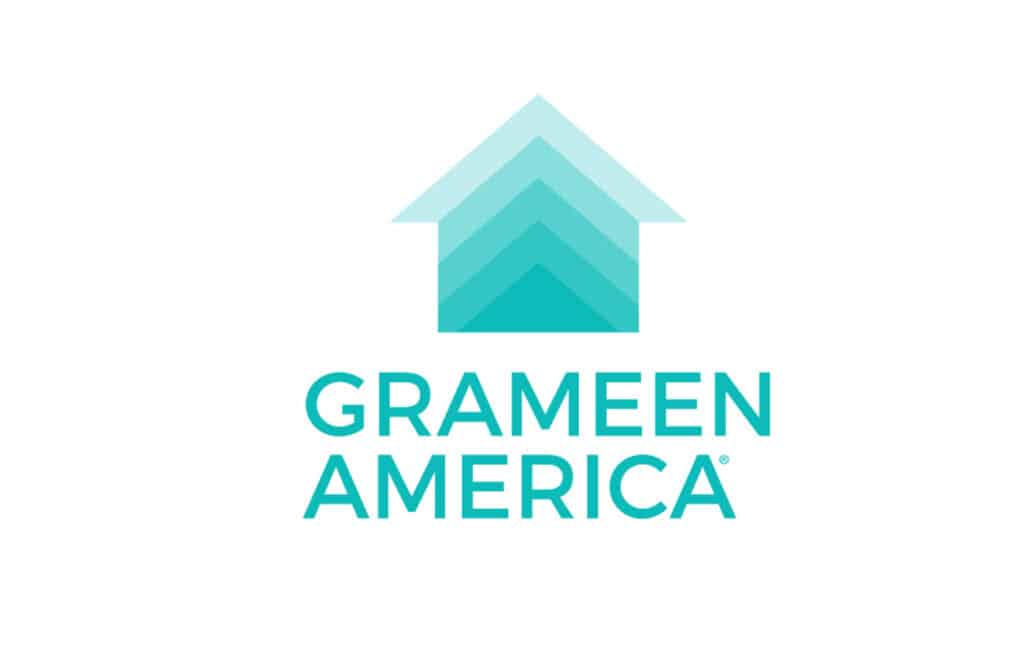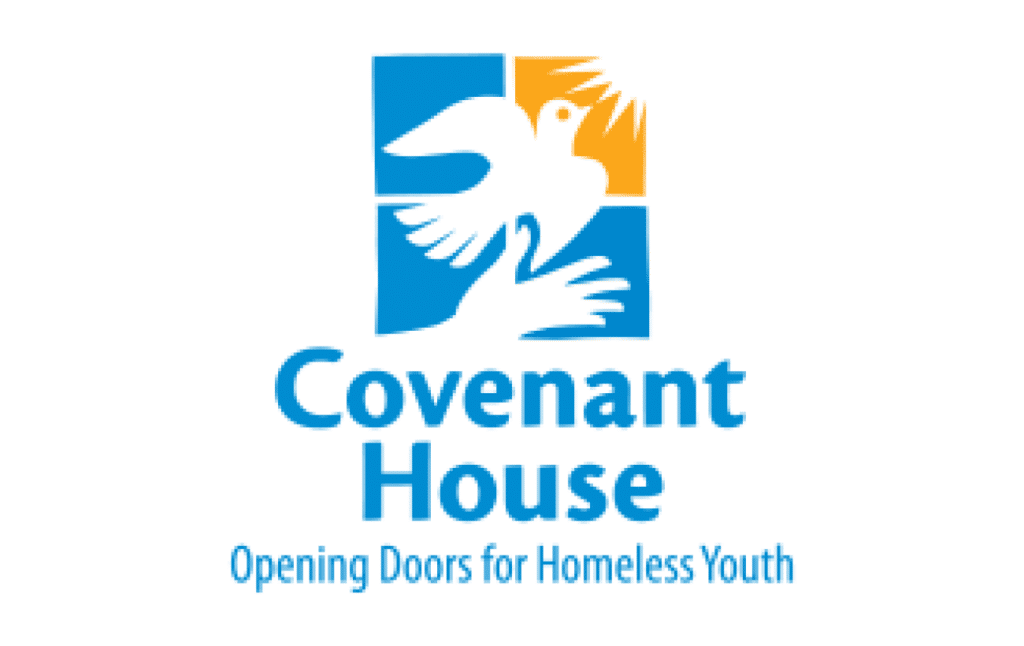What is Augmented Reality (AR)?
Augmented reality is a technology that uses sensory stimuli to enhance the real world digitally. AR technology can create an immersive and interactive experience for users that lures them in and holds their attention. Today, 67 percent of advertising agencies report that they’re making more use of augmented reality. 71 percent of consumers also report that they would shop more if their favorite brands used AR. A longstanding example of augmented reality that customers use today can be seen on Snapchat. Snapchat has filters that create a dynamic image that is then mapped onto the user’s face.
What is 3D Modeling in Marketing?
Finding New Ways to Engage Customers
The Future of AR and 3D
How AR and 3D Can Be Used For Customer Engagement
1. Previewing Purchases
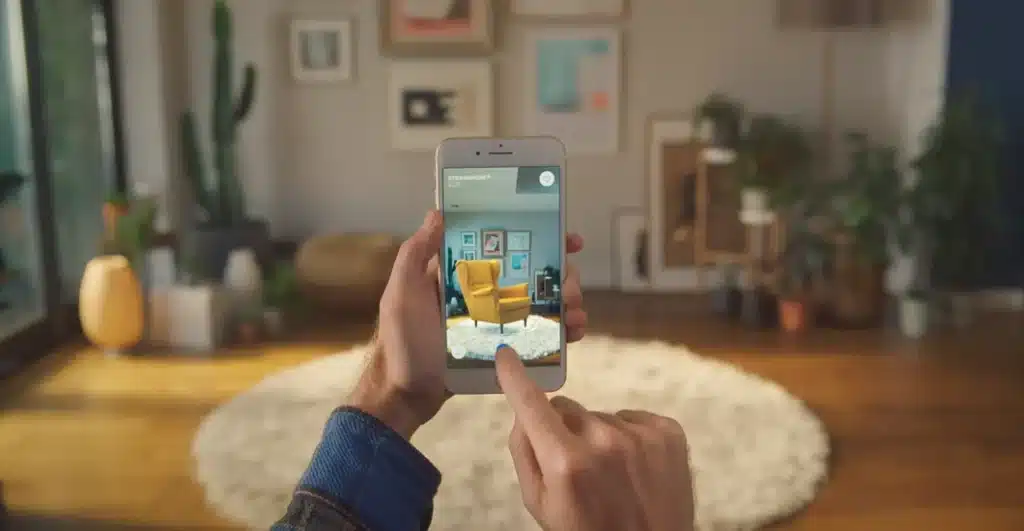
2. Supplementing the Brand Experience
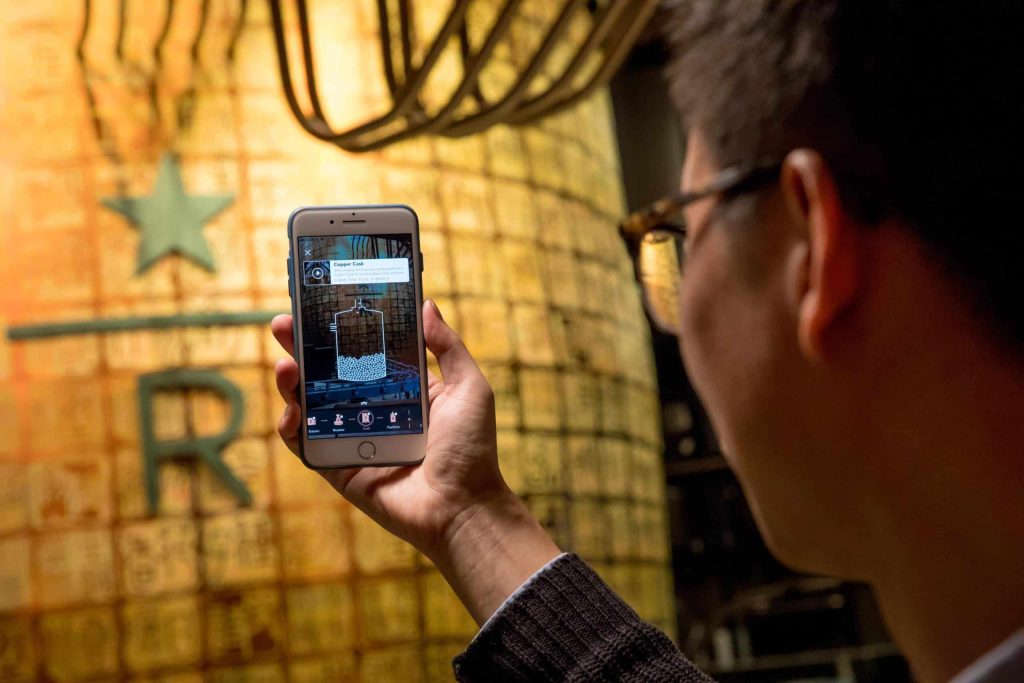
3. Try Before You Buy
Augmented reality can also be used for retailers that sell clothing. Customers looking to improve their wardrobe want to ensure they spend their money on items they like. However, buying clothing may come with many challenges including look, feel, and sizing issues. Augmented reality can solve many of these problems. SizeStream has a 3D feature where users scan their body measurements and then apply those measurements to clothing. This goes even further with digital scans that allow users to visualize themselves in the clothing. Giving customers this security ensures they’re satisfied and spend less time making returns.
Using AR and 3D Modeling in Marketing to Boost Engagement in the Future
Consider Pokemon Go as a shining example of how these features can be used for great success. Only a few years ago, this game took numerous countries by storm. It allowed users to use their phones to find and catch 3D models of Pokemon. However, to find the best Pokemon they would often have to leave their homes and explore their neighborhoods. Pokemon Go’s developer, Niantic, began by raising $25 million to create the game. After its crazy success, its value rose to $3.65 billion. Today, Pokemon Go stands as a great example of how AR and 3D modeling can lead to great success.

